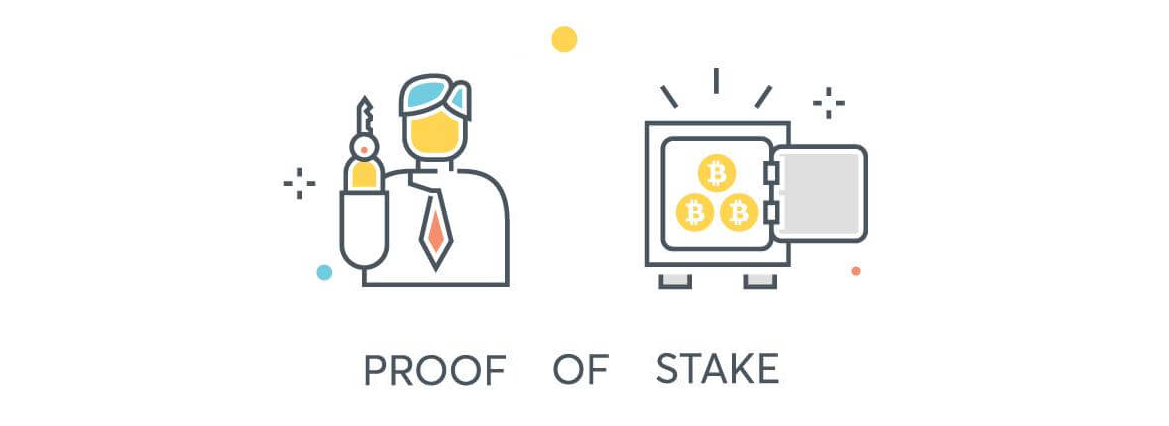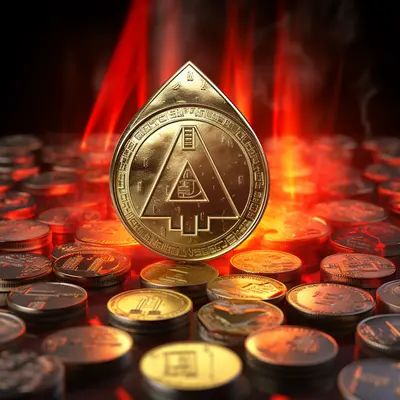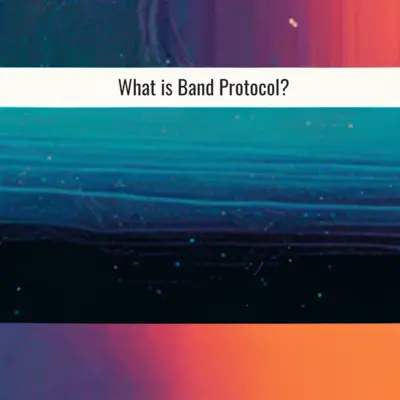What is Proof of Stake (POS)? Instructions for 5 steps to mine PoS coin
What is Proof of Stake? How does PoS work? What are the advantages and disadvantages of PoS algorithm? See instructions for mining PoS coin here!
Surely you are just starting to learn about Crypto or Blockchain, it will be very difficult to learn about Blockchain algorithms. So, today, I will introduce you to Proof of Stake (PoS), a consensus algorithm used quite commonly on Blockchains. Let's find out what Proof of Stake is and how to mine PoS coins!
What is Proof of Stake?
Proof of Stake (PoS - Proof of Stake) is a working algorithm of Blockchain. It can be understood that a user will deposit (Stake) a certain amount of assets to become a Validator (validator) of the Blockchain.
These validators will verify transactions on the network, sending proofs to the block. If correct, the Validators will be rewarded with the inflation of the Blockchain, or the transaction fee collected. If they are wrong, they will be fined to lose all, or some of the deposited property.
For example, Blockchain Terra requires Stake LUNA users to become a Validator. After that, they are entitled to transaction fees (users can pay in UST, KRT, LUNA, etc.).

Features of Proof of Stake
Advantages
Proof of Stake will have the following advantages:
- Does not require high configuration machine .
- Sometimes it is possible to Delegate (authorize) to Validator , meaning that the user sends coins to the Validator so that they have more voting rights, in return the sender also receives a reward without having to do anything.
- Proof of Stake is more environmentally friendly , does not require a lot of electricity to operate like Proof of Work (Bitcoin for example).
Defect
However, PoS also has some disadvantages below:
- When authorizing or doing Validator, you will get an additional amount of coins, but will be capitalized , or sometimes lose the coin price and the amount of compensation is not enough to break even .
- There will be cases where unlocking needs to wait for a while, maybe 1 week, or 2 weeks, etc. This will make you unable to keep up when the coin price adjusts . For example, when staking FTT tokens on the FTX exchange, unlocking takes 2 weeks; LUNA unstake on Terra Station takes 15 days,…
- Locking this token is related to governance, so the more tokens someone locks, the more weight that person's voice will have, which is why Validator also needs users to entrust tokens to them. This leads to the case of Blockchain being centralized : A few people have too much authority, the project has to follow them, sometimes there are opinions that are not beneficial to the project but still have to be done.
How Proof of Stake Works
There will be rewards to incentivize users to join the network. This reward can come from project token inflation (already allocated in token allocation, or infinite like Ethereum 1.0, Mina Protocol, …). Others use transaction fees like Terra mentioned above.
Currently, staking is not simply encapsulated in Blockchain, but it is also included in conventional projects with the aim of reducing supply circulation and reducing selling pressure. In return, users who accept the token key will also receive the project token as a reward.

How Proof of Stake works.
This way is currently being applied very widely, but this is a double-edged sword:
- If during the lockup the project works well and proves why users need to keep the tokens and not sell, then after the lock cycle, there will be no selling pressure.
- On the contrary, if in this period of time there is still no change, there is a high possibility that they will discharge all the bonus tokens along with the original, and the project will suffer more severe losses.
Learn more about what staking is and how to staking for beginners.
Compare Proof of Stake with Proof of Work
This is a question that is probably of interest to many people, but in fact, both have their own pros and cons.
First, let's briefly talk about what Proof of Work is, PoW is proof of work, the essence of this algorithm is to confirm the accuracy of the work of miners to the entire blockchain network through consumes real-world resources (diggers, electrical power and time).
If the pros and cons of Proof of Stake have been presented above, now let's take a look at the most famous Blockchain Proof of Work: What are the characteristics of Bitcoin.

Compare Proof of Stake and Proof of Work.
In addition to being famous as a leader in cryptocurrency, Bitcoin is also very often involved in cases related to impure energy, expensive miners, complex area requirements, etc.
But on the contrary, Proof of Work is still one of the ways of operation that is still maintained today because of its high security. It costs a lot of money to become a miner so they don't want to sabotage the network.
Thus, the difference between Proof of Stake and Proof of Work will be presented as follows:

How are Proof of Stake and Proof of Work different?
Read more: 3 reasons why Proof of Stake is more secure than Proof of Work
Is Proof of Stake safe?
Proof of Stake is just a tool, it's the project that needs to be questioned.
If the project is real, then the Stake token will help us get more rewards, and also a way for real users to contribute to the project without knowing the code.
Unfortunately, if we choose the wrong project with poor quality, or accidentally have bad security, there is a high chance that the number of coins locked in will lose or decrease in price.
So how to mine PoS coins?
To mine PoS coins, you need to do 5 steps as follows:
Step 1: Buy a certain amount of the coin you intend to dig. The easiest way is to go to reputable exchanges to buy, for example: Binance exchange, Huobi exchange, ...
Step 2: Download the wallet of that coin and synchronize with the computer . During the synchronization, your computer must be connected to the internet continuously, this time will be different for each coin.
Step 3: After the synchronization is complete, you let the machine run continuously 24/24 to stake . It is recommended to buy VPS (Virtual Private Server) to stake, which will help you save money on hardware investment, server operating electricity, installation space...
Step 4: After leaving the coin in the wallet for a while, the coin will mature and start to win the block . When the coin has captured the block and participates in creating a new block, you will receive the interest transferred directly to your wallet.
Step 5: When you don't want to stake or mine PoS coins anymore, just transfer the coin from the wallet to the exchange and sell it.
As I said above, PoS is a form of using coins to mine coins in the form of shares. This means that the amount of coins you mine depends on the number of coins you are holding and the percentage of Stake that the DEV team of that coin allows.
Example: Coin Buzz rate is 1200%/year, EMB 7200%/year, B3 10000%/year.
However, mining is not as simple as putting coins in your wallet and hanging 24/24, you will have such great profits. To get the highest profit, you need to have a really high Weight to compete with other stakers. The goal is to capture the block in the fastest way to receive coins.
So what is Weight? How to achieve high Weight when mining PoS coins?
What is weight in PoS mining?
Weight (or weight of PoS coin) includes the age of the coin and the number of coins that you need to staking. In which, the coin age is the time for the coin to mature when it is loaded into the coin wallet (usually this time will take from a few hours to a few days depending on the type of coin).
After the coin matures, the Weight will increase. The higher the weight, the greater the chance of winning the block. But in the beginning it will take a long time to mine PoS coins because:
- In the first block that is mined, after having enough Weight, all the coins you can mine only have 1 block, but this number of coins will be divided into many blocks later.
- After about 1-2 weeks, the income starts to stabilize because the netweight network has formed.
- During the staking process, absolutely DO NOT receive or withdraw coins, because these actions will wipe out the effort to build the netweight network and have to wait for it to regenerate.
Conclusion
So, I explained to you what POS (Proof of Stake) is and how to start mining with POS, helping you to have the most overview of POS.
If you have any other questions or comments, please comment below to discuss with FoxCryptoNews!
Oct 12, 2022

























